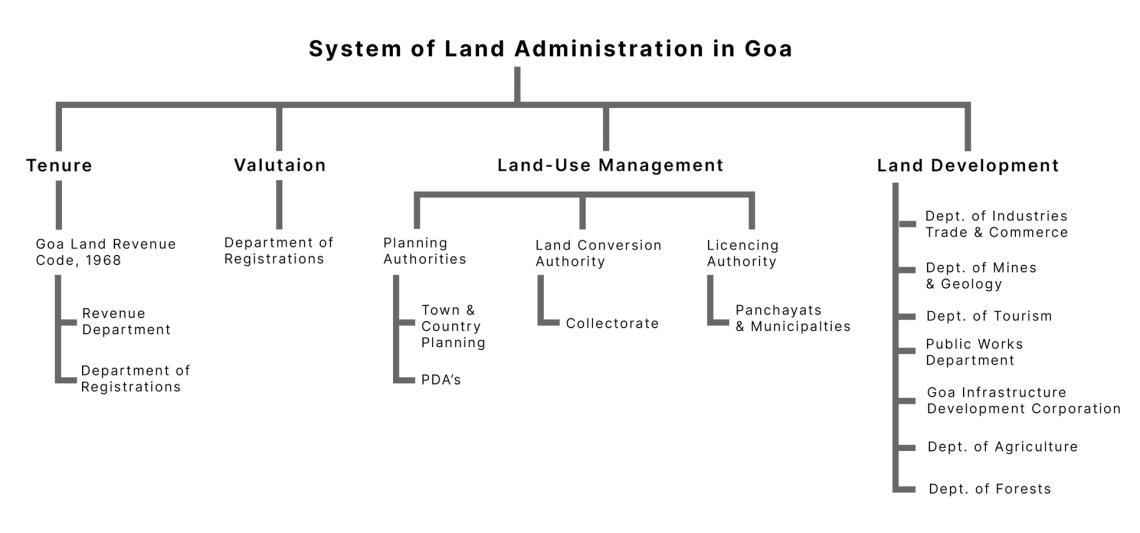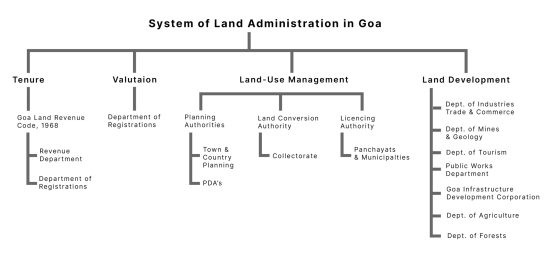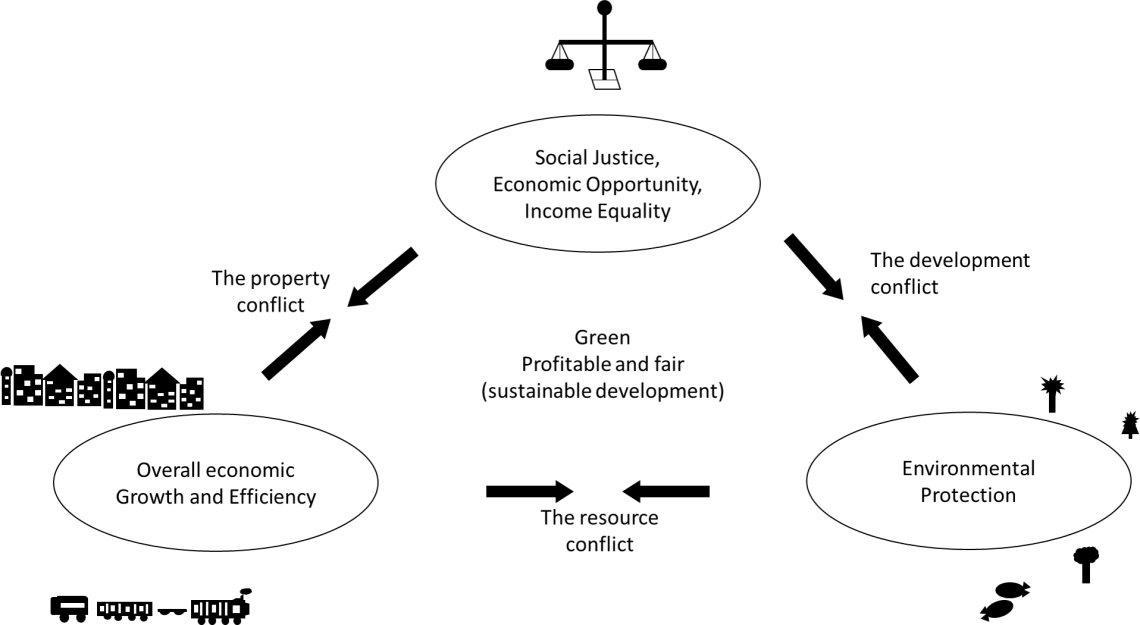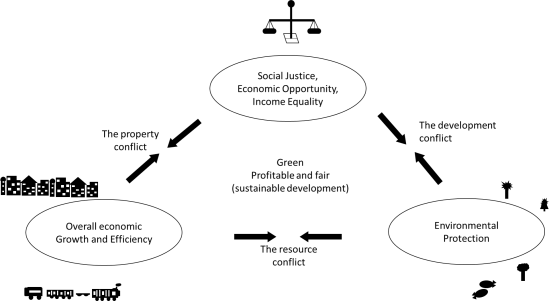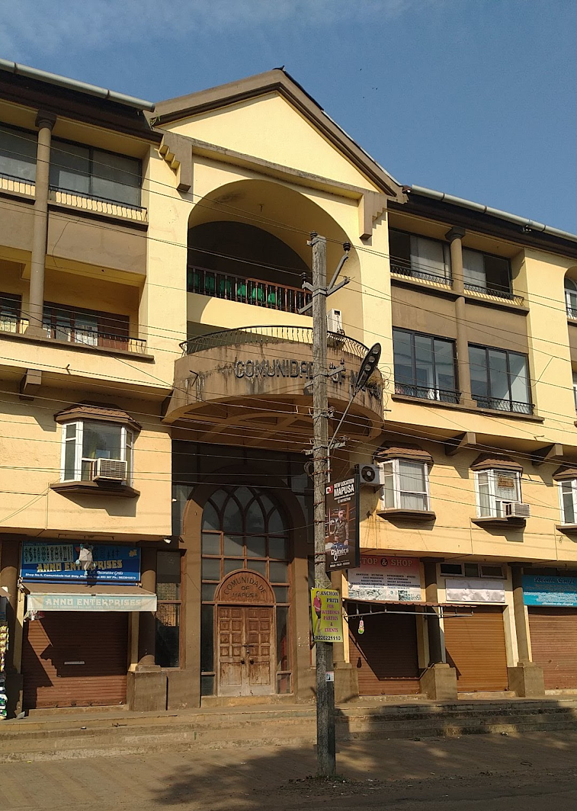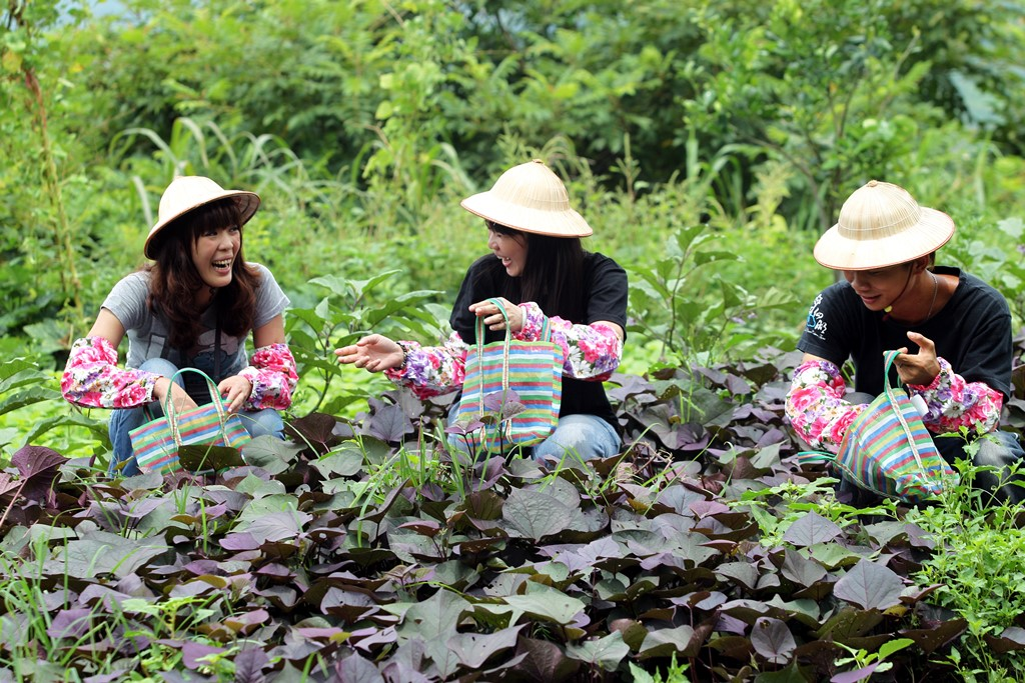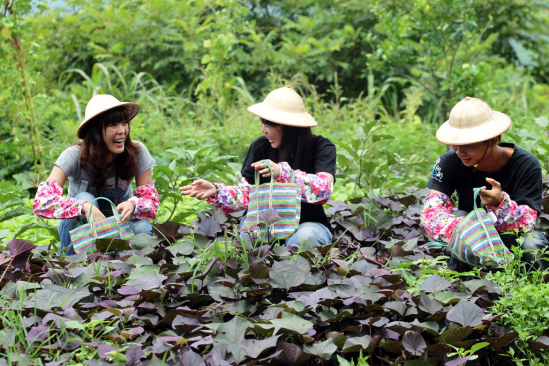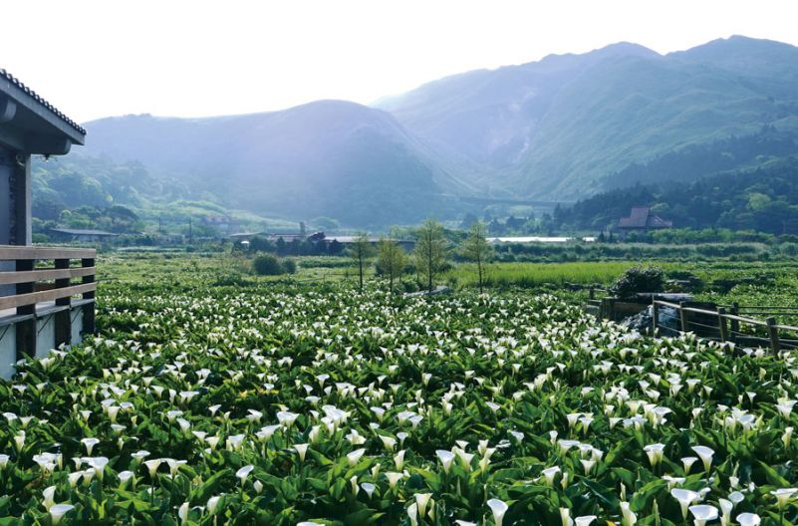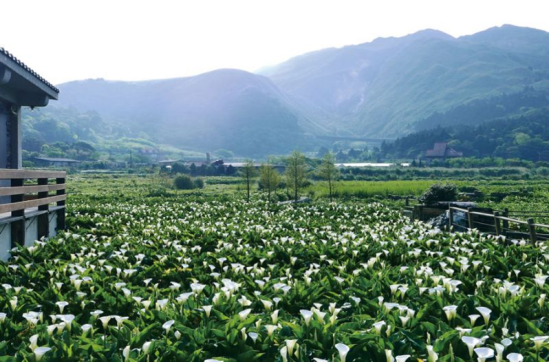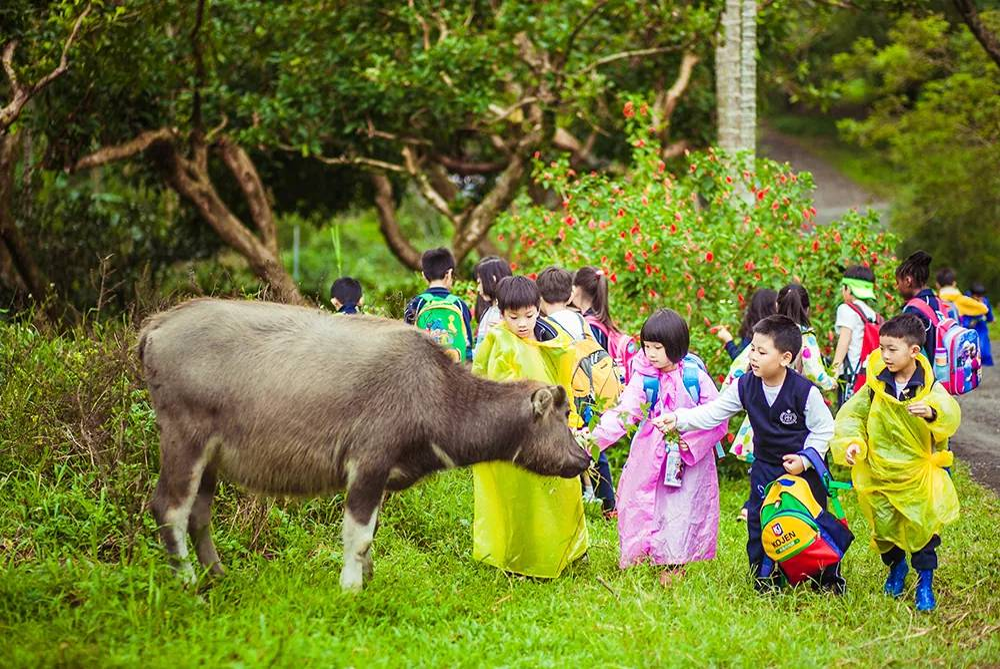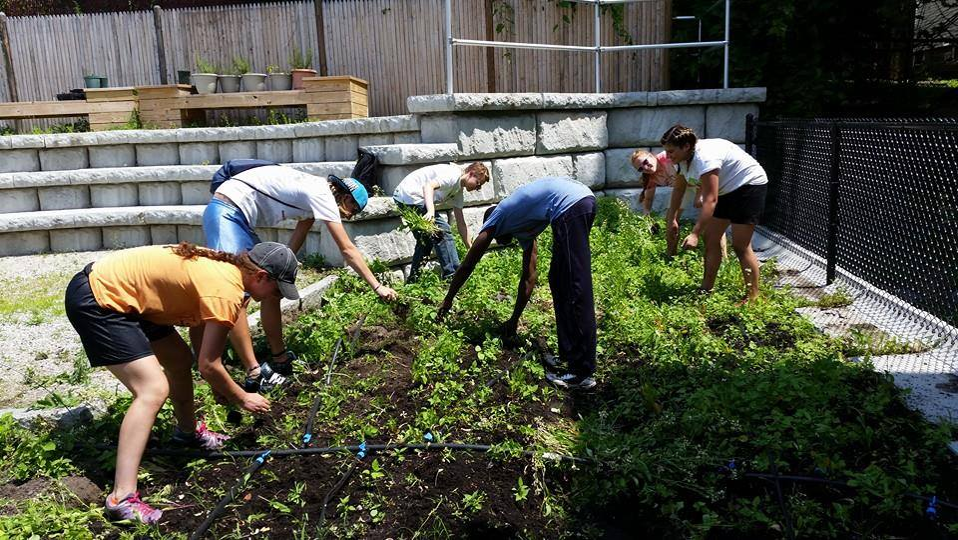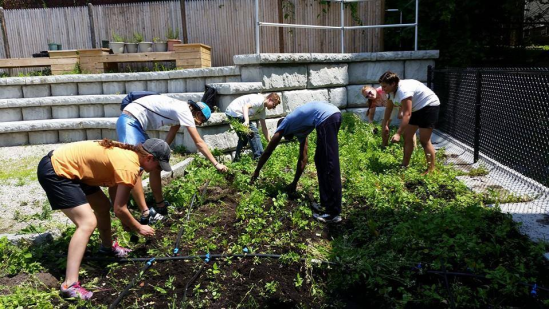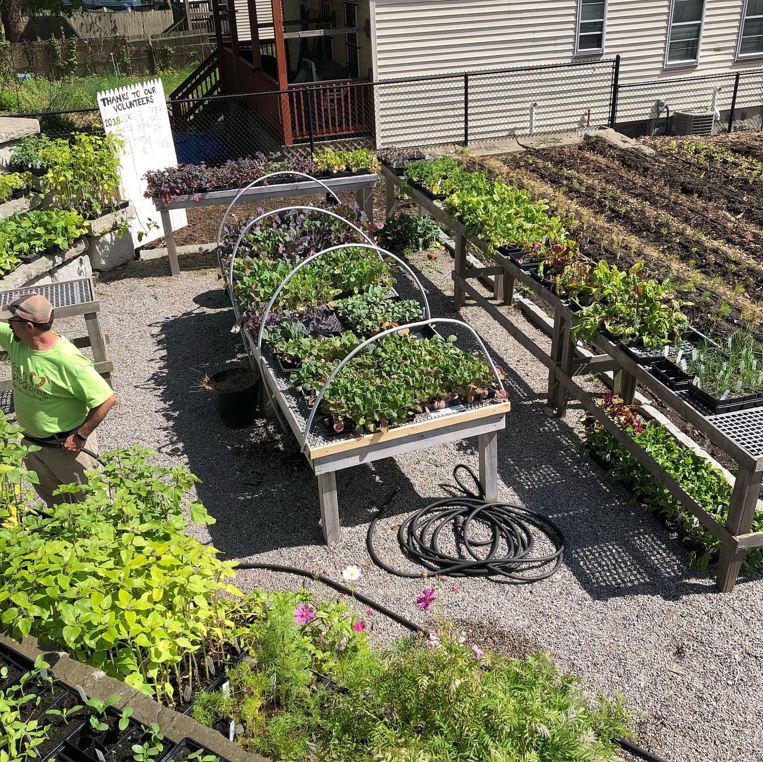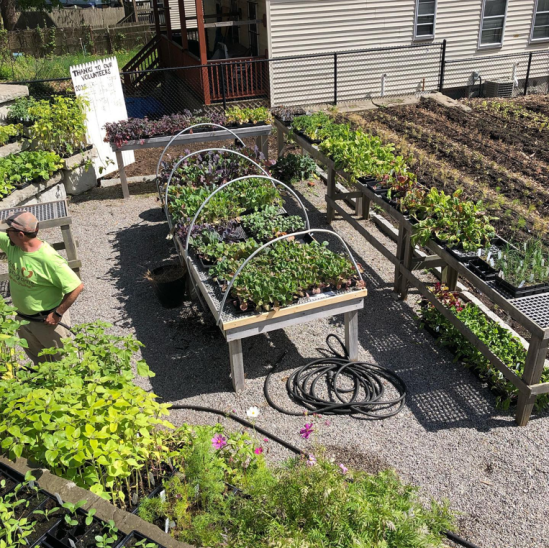Comunidades and their Possibilities Today.
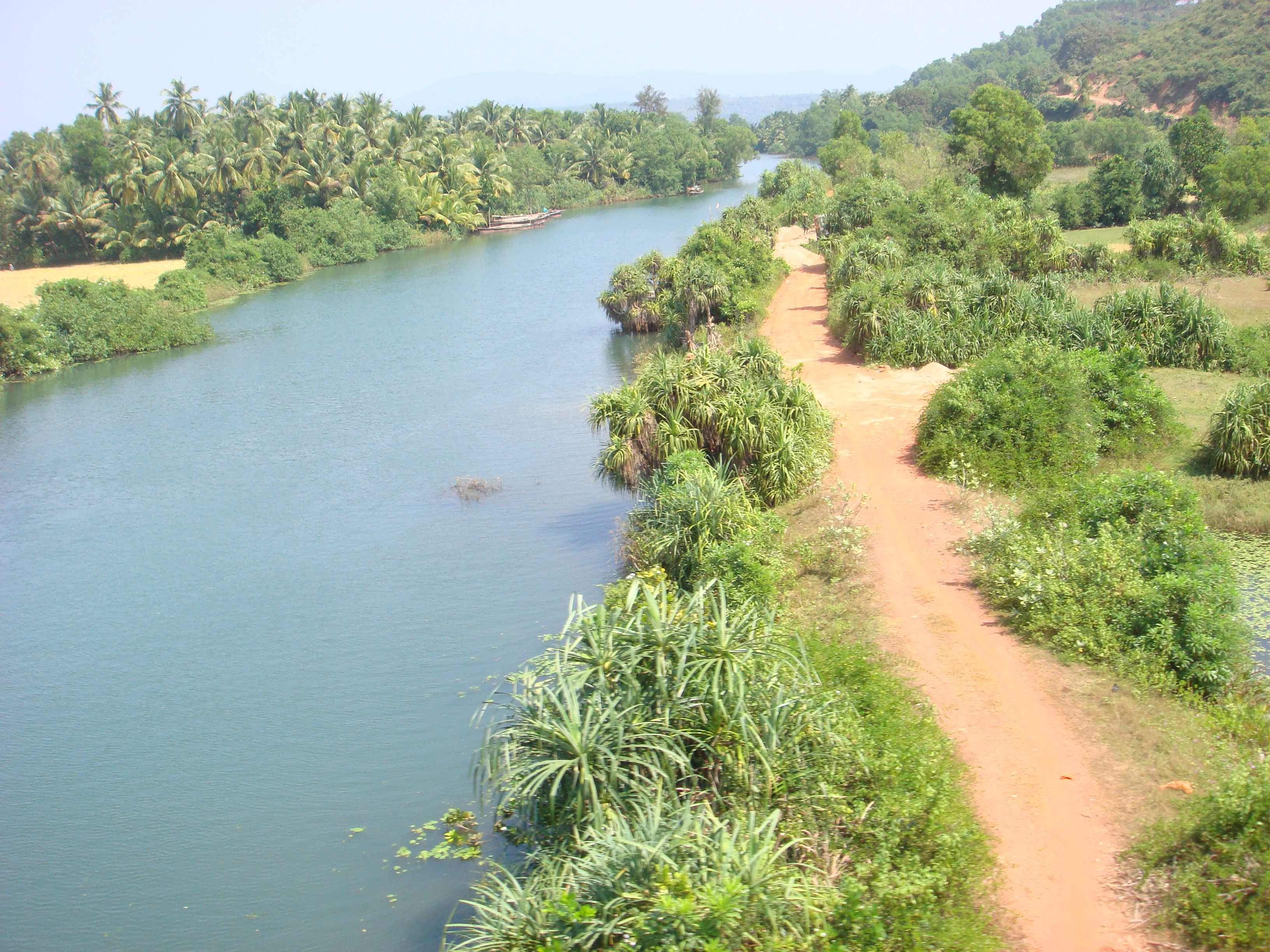
Comunidades and their Possibilities Today.
Though the Goan Government has regional and spatial plans for Goa’s rural areas and its rapidly growing towns, there is a persistent demand for land due to the increase in population, tourism, mining and real estate development. Subsequently, the Comunidade lands are under constant pressure to be converted into buildable zones to satisfy such demand. This is due to the misinformed notion that agriculture is an activity performed only in rural areas and cannot complement urbanization, conjoined with the idea that the future is urban in a narrowly defined way.
In previous posts, we have shown how the Goan landscape cannot be easily classified as rural and urban using conventional definitions. This is because it has been historically shaped by strong local institutions, such as the Comunidade which have operated on principles of land use that didn’t need these definitions.
In this post, we demonstrate how this aspect can be a huge asset for achieving goals of sustainability and can put Goa at the global forefront of environmental practices. Provided it recognizes the continued role of historical institutions such as the Comunidade and adapts them to the contemporary context.
The Regional Plan for Goa zones land use into Settlement, Industrial, Cultivation, Orchard, Natural Cover, Marshy land/ water bodies, Wasteland and Miscellaneous. (Figure 1) (DA SILVA, 2018). The Comunidade lands overlap different zones. As a result, the Comunidade lands are not identified as a zone making it difficult to protect them.
The shift in the Real Estate, Economic sector, migration patterns, and use of resources have contributed to the growth of Goa’s urban systems. Mining and Tourism have majorly contributed to the economic influx leading to the rapid urbanising of the population. Since Goa is a small state and with very limited land resources it had a well-laid system of Land Administration early on. Different regulatory bodies took care of different tasks. A chart showing the system of Land Administration in Goa is below. (DA SILVA, 2018) (Figure 2).
The Regional plans designed by the Town and Country Planning Department are “concerned about balancing economic progress with environmental conservation and importantly protecting agricultural land from conversion to other uses.” (DA SILVA, 2018) Social, Environmental and Economic issues are also addressed during these plannings. This is visible in the case of a mining ban to protect the environment. “Concerns about unemployment in the state and regional imbalances are also themes that have been repeated in at least two separate regional plans. In the most recent regional plan, concerns have been raised about speculative real estate and the lack of transparency in land-use decisions, including the regional planning process itself.”
From Figure 2, we can see that the Comunidade system is completely disregarded from the system of land administration in Goa. This meant around 222 self-governing, self-sustaining Communidade systems were disregarded.
It is important to recall that traditionally, the Comunidade would make decisions regarding the rights of using Comunidade land and the lands themselves were not tradable. As long as there was no perceived scarcity of land, the Comunidades functioned well in this way. However, these large collective parcels of land in the villages have been under a lot of constant pressure during the last few decades. This pressure is expressed most by questioning the principles of collective ownership itself. Today, there is a constant tension between the Comunidade and the panchayats and sometimes the government also takes away the Comunidade land for infrastructure projects. For example, parts of the special economic zones were built on Comunidade lands.
However, the changes in the operations of the Comunidade have been going on for a long time. The Agricultural Tenancy Act (1964) replaced the endogenous Communidade institutions, with the Tenancy Association being funded by the state to carry out activities historically done by the Comunidade - for example taking care of the embankments. This act did not violate the principle of collective ownership of the land by the tenants – it gave more power to the tenants to manage the collectively owned land.
But eventually, the changing socio-economic contexts saw tenants selling their lands for mining and tourism or ended up treating it like privately owned land.
As noted earlier, the panchayats needed to be funded by the government. Land Conversion from agricultural to other activities benefited the panchayat in terms of finance. Issuing licenses for construction and construction fees constituted the majority of their finances. A recent study by Karl Fitzgerald and Cameron Murray titled “Staged Releases
Peering Behind the Land Supply Curtain” has found that the development industry is responsible for the lack of supply of housing. In the context of Goa, the privatisation of lands has caused soaring real estate value, making housing unaffordable. “ The privatisation of property data has created a significant barrier to analysis, undermining the ability of housing researchers to calculate the public policy return of decades of rezoning.”(Fitzgerald 2022) Privatisation of Comunidade lands was introduced to increase economic gains and bring about a sense of homogeneity. But with the Comunidade lands becoming tradable it reduced the “mutual social interdependence that creates cooperation.” “A self-governing local community with commons might have a more efficient production locus than if a private property was established.” (Mukhopadhyay, 2006) In the case of Comunidade lands, privatisation leads to a decrease in contributors which also leads to a decrease in the profit gained by the community.
The Comunidade system should be recognised as a local regulatory body that regulates activities and the land use of the Comunidade land “by taking into consideration the existing economic, environmental and social conditions and the tendencies of” (DA SILVA, 2018) the Comunidade land located in a particular zone. It could follow The Planner’s Triangle to deduce the land use of the Comunidade land (DA SILVA, 2018). That is, “when referring to the substantive goals of planning one usually finds that planners seek to reconcile three, often conflicting, interests: ‘to ‘grow’ the economy, distribute the growth fairly and in the process not degrade the ecosystem’” (Campbell 2016).
It is important to protect the interest of the Comunidade and appreciate the blended urban-rural fabric of Goa. Just because Goa is becoming modern and urbanised it doesn’t make the Comunidade System and agricultural activities primitive. Urban Farming, Agro-tourism, rural tourism, ecological tourism etc are some activities which are very relevant in the contemporary world. Even in an urban village like Aldona, Agriculture is still practised and supports many families. Urbanisation doesn’t mean giving up agricultural activities.
Even if there is pressure to introduce new activities to cater to the urban regions it doesn’t mean there is no need to privatise the Comunidade lands. For example, Comunidades Lands in urban areas can have office buildings built and distributed for rentals. Comunidade lands can also be used for providing rental housing for migrant workers, setting up industries related to food and agriculture etc. to better suit the existing market.
The Comunidade lands, no longer need to be used exclusively for agriculture, other activities can also take place. At the same time, given the growing popularity of urban farming and forestry all over the world, giving up agriculture by the Comunidade would mean giving up a huge opportunity for Goa. This does not need to happen at all. “Urban agriculture is seen as having the potential to contribute to more sustainable and resilient urban communities, of its pivotal role in the implementation of circular economy strategies at the city level, closing energy and mass loops, while contributing to restoring natural cycles and ecosystems’ environmental services.” (Ferreira, 2018) Today, the urban areas contribute to almost 15% of food supply which feeds roughly around 70 crores city dwellers who make up around “ a quarter of the world’s urban population" (Royte 2015).
Agritourism in Taiwan is an excellent example of transforming traditional agriculture into “an agricultural model in which agriculture is combined with experiences and entertainment and becomes a unique agritourism destination that attracts lots of travellers every year.” the government supports the local farmers to conduct Agritourism. Visitors participate in activities such as “visiting the farm, harvesting and processing agricultural products by themselves” and many more. (“Taiwan and Its Agritourism Model” 2020).
Another notable example is ReVision Urban Farm in Boston which is a “community-based urban agriculture project that grows produce in its own fields and provides access to affordable, nutritious and culturally appropriate food to residents of Victory Programs’ ReVision Family Home and our extended community.” (“ReVision Urban Farm” n.d.)
The Victory program also focuses on helping families escape the cycle of poverty by providing them with relevant job training.
The main idea is to not dilute the principle of collective ownership, as local institutions help in regulating land use and maintaining environmental balance. On the other hand, privatisation leads to a lack of public spaces in urban areas and a dominating market, creating a real estate lobby with unrealistic land prices. Comunidade allows the local community to control the resources and keep the market in check while catering to suitable local land use. It helps balance a local identity and a local economy.
In the concluding article of this series, we will acknowledge the loopholes in the Comunidade system and discuss some key challenges.
Bibliography:
Campbell, S., ‘Green Cities, Growing Cities, Just Cities?, Urban Planning and the Contradictions of Sustainable Development’, (2016) Readings in Planning Theory (4th edn), pp. 214–240, DOI: 10.1002/9781119084679.ch11.
Fitzgerald, K. Review of Staged Releases Peering behind the Land Supply Curtain. July (2022). https://www.prosper.org.au/wp-content/uploads/2022/07/Staged-Releases-Prosper-Australia-web22.pdf.
“Communidade de Mapusa in the City Mapusa.” In.worldorgs.com, in.worldorgs.com/catalog/mapusa/amusement-center/communidade-de-mapusa.
DA SILVA, S. Review of The Dynamics of Land-Use Planning: A Case Study of Goa. 2018. Birla Institute of Technology and Science. http://hdl.handle.net/10603/291968.
Ferreira, A.J.D.; Guilherme, R.; Ferreira, C.S.S.; Oliveira, M.F.L. (2018). Urban Agriculture, a tool towards more resilient urban communities?. Current Opinion in Environmental Science & Health, (), S2468584418300047–. doi:10.1016/j.coesh.2018.06.004
Mukhopadhyay, P. Review of Heterogeneity, Commons and Privatization: Agrarian Institutional Change in Goa. (2006) SANDEE, no. 1893-1891. https://opendocs.ids.ac.uk/opendocs/bitstream/handle/20.500.12413/4290/770_PUB_working_paper_14.pdf?sequence=1&isAllowed=y.
Royte, Elizabeth. 2015. “Urban Farms Now Produce 1/5 of the World’s Food | Greenbiz.” Www.greenbiz.com. 2015. https://www.greenbiz.com/article/urban-farms-now-produce-15-worlds-food.
“ReVision Urban Farm.” n.d. Victory Programs. Accessed August 2, 2022. https://www.vpi.org/revision-urban-farm/.
“Taiwan and Its Agritourism Model.” 2020. Outbox-Consulting.com. September 23, 2020. http://outbox-consulting.com/taiwan-and-its-agritourism-model.html.


